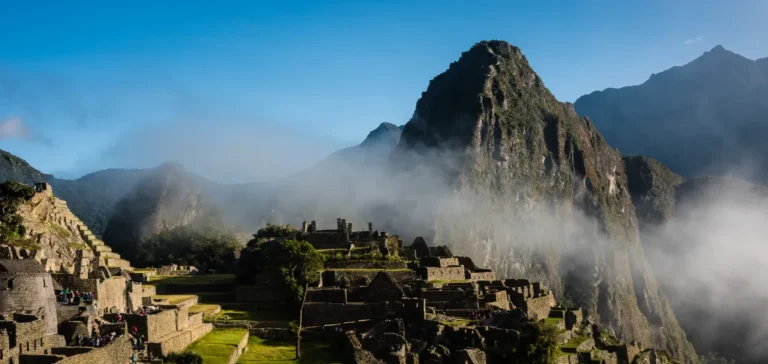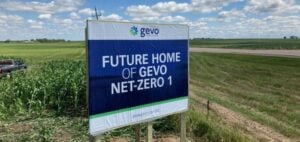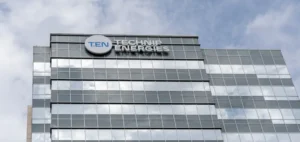The Government of Peru has officially launched a new version of its Nationally Determined Contributions (NDC 3.0), placing emphasis on market mechanisms under Article 6 of the Paris Agreement and the use of Internationally Transferred Mitigation Outcomes (ITMOs). This new climate roadmap sets an emissions cap of 179 million metric tonnes of carbon dioxide equivalent (mtCO2e) for the year 2035, while reaffirming the country’s commitment to achieving net-zero emissions by 2050.
A strategy focused on international carbon transfers
At the core of this strategy, Peru plans to use at least 9 million mtCO2e of ITMOs to support its mitigation objectives. These credits, recognised under the Paris Agreement, can be transferred between countries, paving the way for bilateral agreements such as the one already signed with Singapore. This agreement came into force on October 18 and may facilitate the early exchange of REDD+ credits.
REDD+ (Reducing Emissions from Deforestation and Forest Degradation) remains a central pillar of Peru’s strategy, with support for 66 sectoral mitigation measures. These measures cover areas ranging from agriculture to forest resource management, with particular attention given to strengthening emissions tracking.
Enhancing national emissions monitoring tools
To ensure transparency and integrity, Peru is deploying two key instruments: Huella de Carbono Perú (Carbon Footprint Peru) and the National Registry of Mitigation Measures (RENAMI). The first, designed for public and private organisations, enables the measurement, recording and management of greenhouse gas emissions, using a progressive recognition system. The second is used to register, monitor and manage reductions in emissions or increases in removals at the national level.
Market participants are closely watching the development of these tools, with some noting ongoing regulatory uncertainties. Carbon credits from Peruvian REDD+ projects are included in regional pricing benchmarks, with wide price ranges depending on project quality and associated co-benefits.
A market built around Article 6
Platts’ assessed price for REDD+ credits in South America remained stable at $6.80/mtCO2e, according to the latest market data. However, some local developers report that higher quality projects, such as Tambopata REDD+ 1067, are trading at higher levels, between $12 and $13/mtCO2e. These differences highlight the current valuation disparities in the voluntary carbon market, especially in contexts where regulatory frameworks are still evolving.
A Peru-based operator noted that “project quality and their ability to deliver tangible social and environmental co-benefits are now the main drivers of price differentiation”.






















